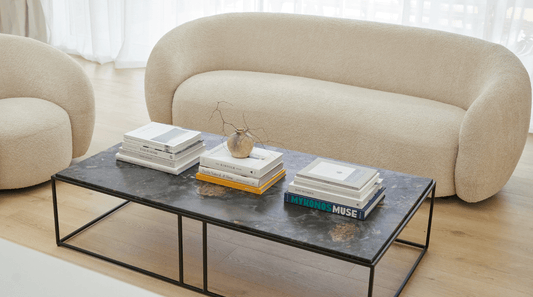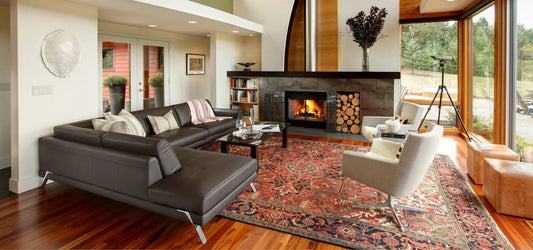Tribal Rugs: Art for the Floor
There’s something magnetic about a tribal rug. Beyond its rich colors and intricate patterns, it holds a story - of the weaver, the culture, the journey. Hand-knotted or handwoven, often by nomadic artisans living in remote regions of Persia, Afghanistan, or Morocco, these rugs were traditionally created with purpose: as coverings for tents, as prayer rugs, or as treasured heirlooms to be tucked away until they could be sold or passed on. Today, they have become timeless design statements - art for the floor that infuses homes with depth, character, and soul.

Why Choose a Tribal Rug?
Unlike machine-made rugs, no two tribal rugs are ever the same. Each is the result of countless hours of handwork, infused with the traditions and symbols of the community it comes from. Whether it’s a Persian carpet with flowing floral or intricate medallions, a bold Afghan rug with geometric precision, or a Moroccan rug with its striking minimalism, each piece carries heritage and individuality. Owning one is like curating a piece of living history.

Styling with Tribal Rugs
The beauty of these rugs is their versatility. They have the power to transform a space, whether you’re drawn to bohemian layers, modern minimalism, or classic interiors.
-
Statement Piece: Let the rug set the tone of the room. Pair a richly patterned rug with neutral furnishings to let its intricate detail shine.
-
Layered Look: Kilims, with their flatweave structure, are perfect for layering under furniture or even beneath another rug or under the dining table to create warmth and dimension.
-
Unexpected Places: Smaller tribal rugs look incredible in kitchens, hallways, or even bathrooms - adding a touch of the unexpected and softening harder surfaces.
-
Mixing Eras: Don’t be afraid to combine the old with the new. An Afghan rug with deep reds and blacks can anchor contemporary furniture, creating a striking contrast that feels both grounded and modern.

A Wide Range to Explore
From large-scale room-defining carpets to smaller accent rugs, the world of tribal rugs is vast. In-store and online, you’ll find everything from jewel-toned intricately woven Kurdish kilims runners to the rustic, earthy tones of Afghan designs, or colourful Qashqai rugs or old Bakhtiari saddlebags that have been opened out and stitched together to make rugs for the floor, and the playful, asymmetrical beauty of Moroccan weavings. Each type tells a different story, offering you the chance to choose the narrative that fits your home.

Bringing Heritage Home
When you bring a tribal rug into your space, you’re not just adding texture and color - you’re
inviting in centuries of craftsmanship, tradition, and artistry. They’re more than decorative objects; they’re cultural artifacts, symbols of identity, and investments that only grow in character over time.
So whether you’re refreshing a corner of your living room or curating a gallery-like space with layered textures and tones, think of tribal rugs not as accessories, but as art for the floor - timeless pieces that ground your home in beauty and story.




